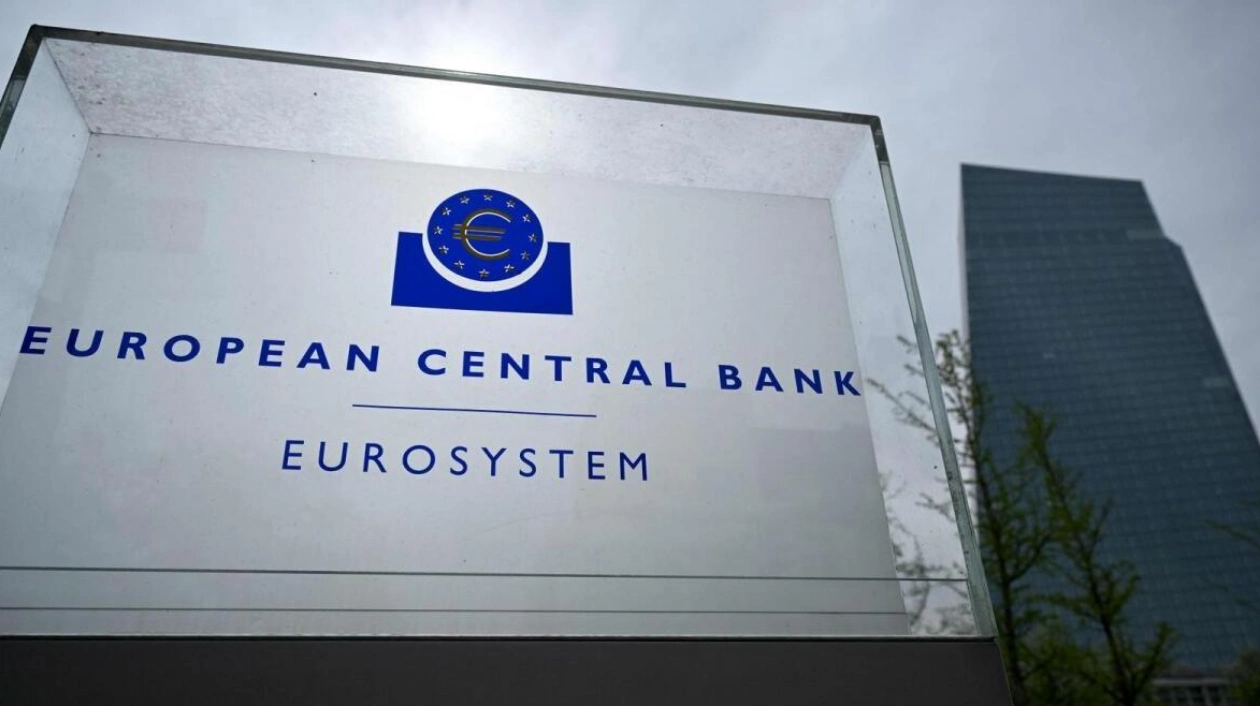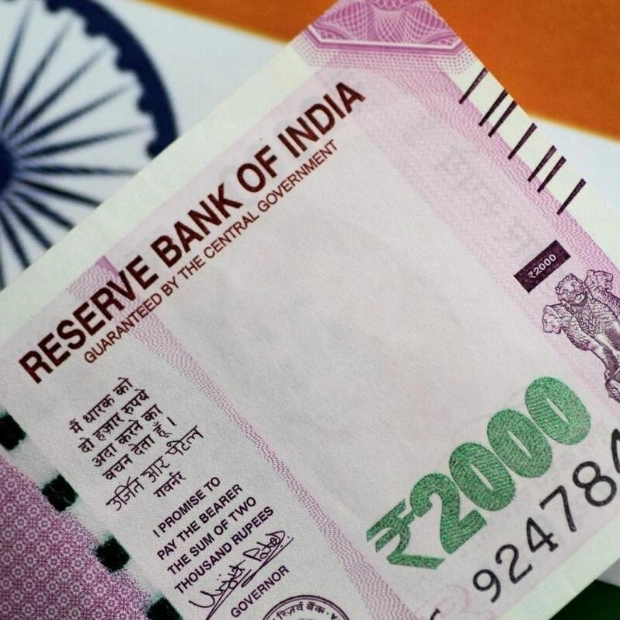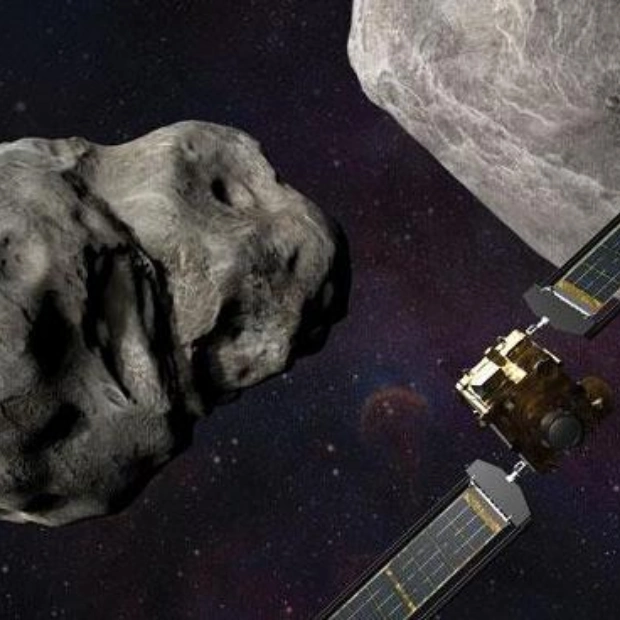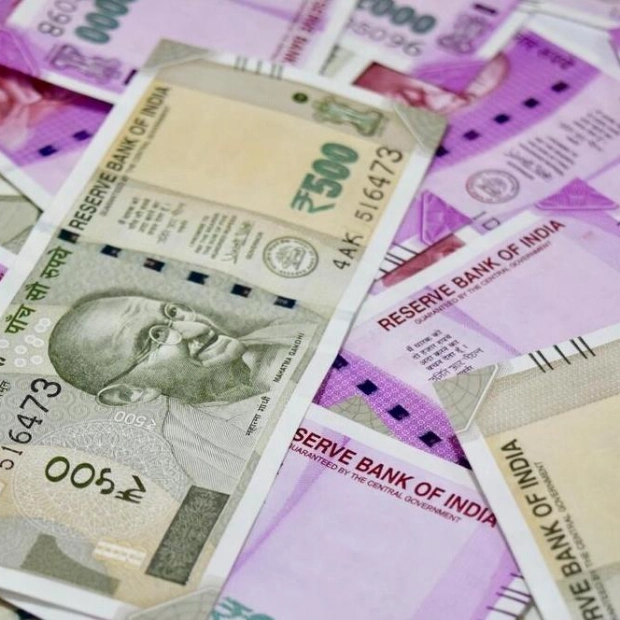The European Central Bank (ECB) is anticipated to maintain its interest rates steady on Thursday, allowing the eurozone to process last month's initial rate reduction since 2019 as the inflation trajectory continues to be uncertain. At their June session, ECB officials reduced the much-observed deposit rate from an all-time high of four percent to 3.75 percent, following a series of unprecedented monetary tightening measures aimed at curbing soaring inflation.
ECB President Christine Lagarde noted that the reduction was enabled by the consistent decline in consumer prices. However, she emphasized that this did not necessarily signal an immediate start to a swift rate-cutting cycle. During a recent speech in Sintra, Portugal, Lagarde mentioned that it would take time for the bank to collect adequate data before making the next decision.
Fritzi Koehler-Geib, the chief economist at German public lender KfW, commented that the ECB is likely to enter the summer break without further rate reductions. Eurozone inflation, which saw an unexpected rise in May, decelerated in June to 2.5 percent, still above the ECB's two-percent target but significantly lower than the 10.6-percent peak in 2022 triggered by the Ukraine conflict's impact on energy and food prices.
Lagarde described inflation as moving in the right direction but cautioned that it would likely remain volatile until the end of 2024. The ECB's June forecasts now predict that inflation will reach the target by late 2025. Policymakers continue to monitor several risk factors on the path to disinflation, particularly focusing on wage dynamics within the 20-nation euro area, where workers have been pushing for salary increases to offset higher living costs.
Despite elevated wage growth, ECB officials seem less worried now, anticipating a potential easing of wage increases later this year. Persistent high inflation in the services sector, which remained at 4.1 percent in June, remains a concern. The eurozone economy recovered from recession with a stronger-than-expected growth of 0.3 percent in the first quarter.
New forecasts for growth and inflation will be available in September, supporting the case for a pause in July. Most analysts predict that the ECB will reduce borrowing costs again in September, and possibly once more before the year ends. However, a significant condition for a September cut is a visible slowdown in wage growth, according to Koehler-Geib. Additionally, the ECB's ability to cut interest rates also hinges on the fiscal policies of European governments.
Concerns about France's government finances have intensified following recent elections that resulted in a hung parliament, casting uncertainty over the eurozone's second-largest economy. French central bank head Francois Villeroy de Galhau recently urged a reduction in the country's substantial deficit, warning that excessive wage costs or heavy taxes could undermine France's competitiveness. Meanwhile, the US Federal Reserve is also increasingly expected to choose a rate cut in September.
Initially expected to start lowering borrowing costs before the ECB, the Fed has kept rates at a 23-year high due to stalled progress on US inflation. However, observers interpret recent remarks by Fed Chair Jerome Powell as hinting at a potential September cut, noting his warning to Congress that delaying rate reductions could dampen economic activity.






